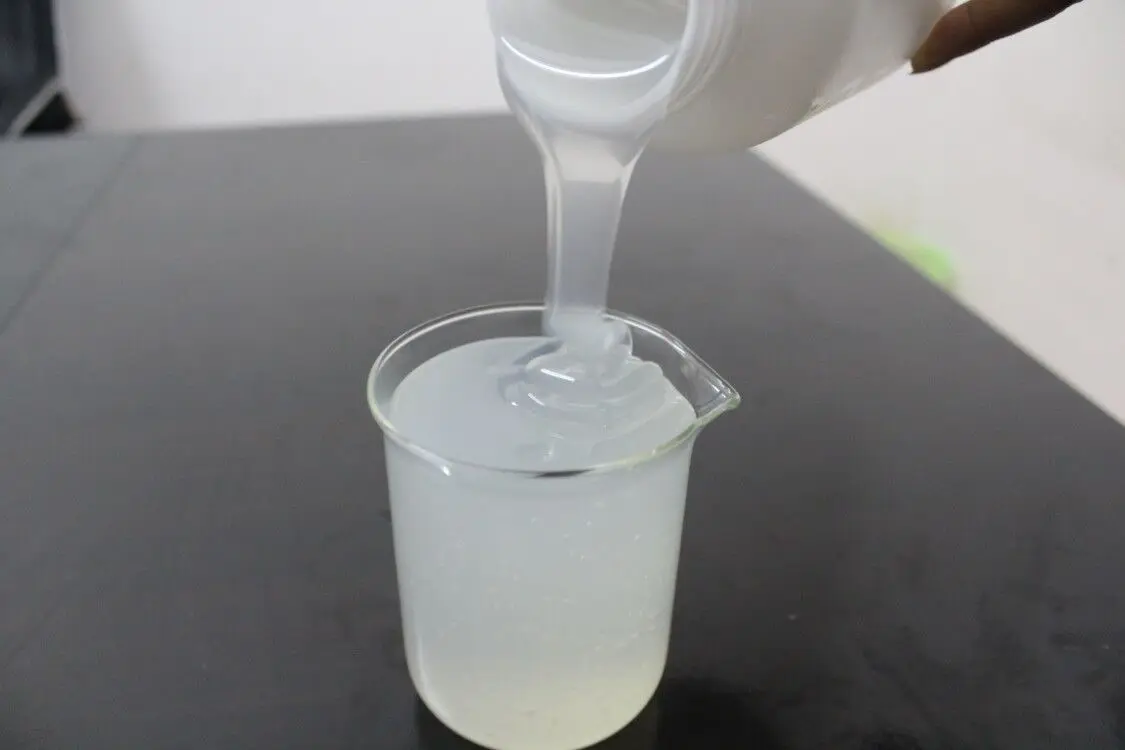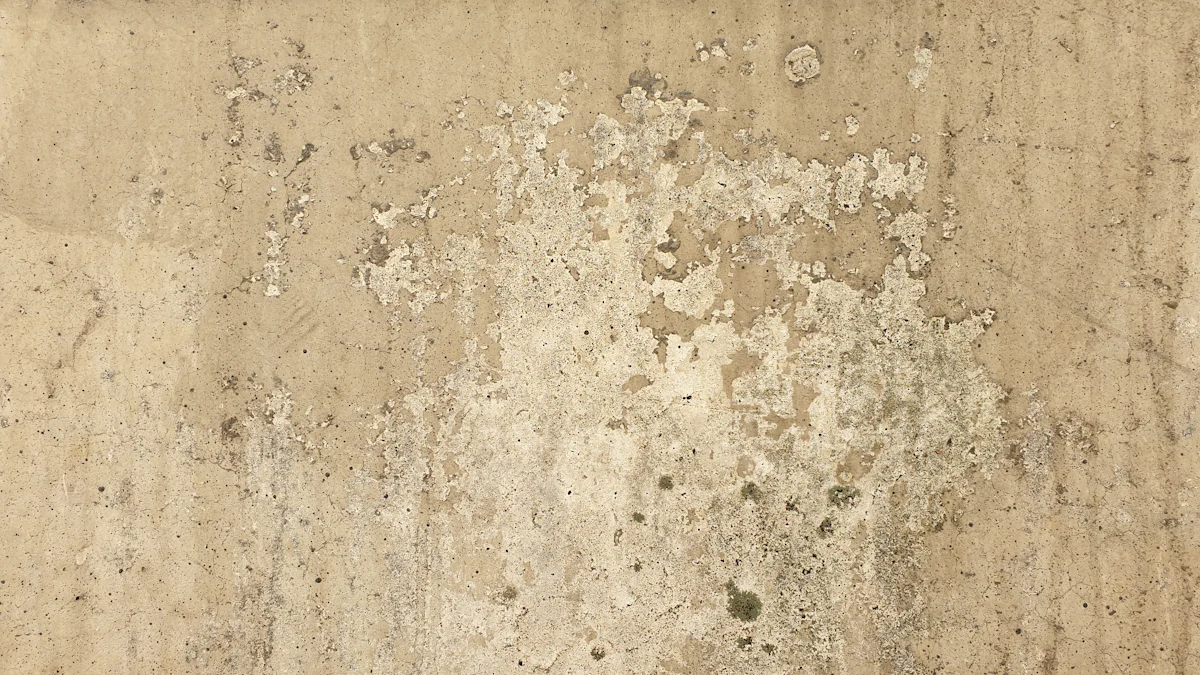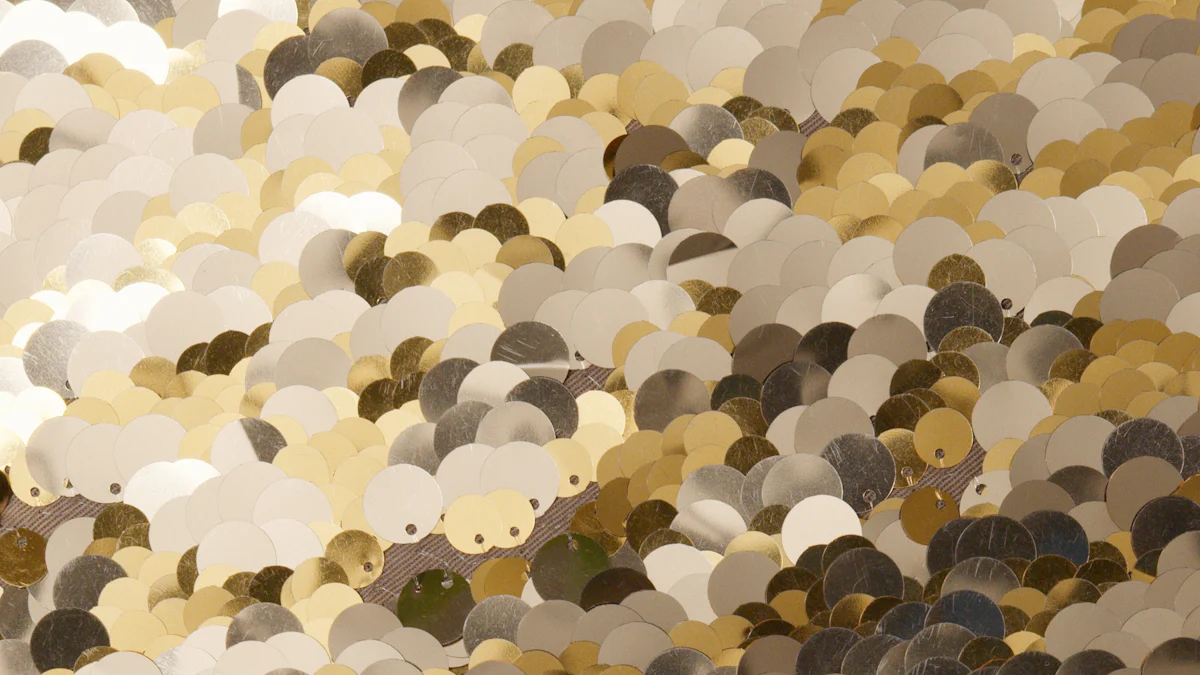
You can achieve flawless paint finishes by using coating auxiliaries. These specialized additives fix common issues like peeling, bubbling, and cracking. They improve paint adhesion, enhance durability, and ensure smooth application. By incorporating them, you ensure your paint performs better and lasts longer, even in challenging conditions.
Key Takeaways
- Coating helpers make paint stick better and last longer. They stop problems like peeling, bubbles, and cracks.
- These additives help paint go on smoothly and look neat. They make it easier to get a professional finish.
- Adding coating helpers saves time and work. They also make painting cheaper and help it last longer.
How Coating Auxiliaries Address Peeling Paint

Understanding Peeling Paint
Peeling paint occurs when the paint layer separates from the surface beneath it. This defect often appears as flakes or sheets of paint coming off walls, ceilings, or other surfaces. You might notice this issue in areas exposed to moisture or where the paint has not adhered properly. Peeling not only affects the appearance of your space but also reduces the durability of the paint job.
Causes of Peeling
Several factors contribute to peeling paint. Poor surface preparation is one of the most common reasons. If you paint over dirt, grease, or loose particles, the paint struggles to stick. Moisture is another major cause. High humidity or water leaks can weaken the bond between the paint and the surface. Using low-quality paint or skipping a primer can also lead to peeling.
Solutions Provided by Coating Auxiliaries
Coating auxiliaries play a vital role in preventing peeling. These additives improve the adhesion of paint to various surfaces, ensuring a strong bond. They also enhance the paint’s resistance to moisture, reducing the risk of peeling in damp environments. By incorporating coating auxiliaries, you can achieve a durable and long-lasting finish. These additives optimize the paint’s performance, making it suitable for challenging conditions. Whether you’re painting a humid bathroom or an exterior wall, coating auxiliaries help maintain the integrity of your paint job.
The Role of Coating Auxiliaries in Preventing Bubbling
What Causes Paint to Bubble?
Paint bubbling happens when air or moisture gets trapped beneath the paint layer. This creates raised blisters that ruin the smooth finish. You might notice this issue shortly after applying paint or even months later. Common causes include painting over a damp surface, using incompatible paint layers, or applying paint too thickly. These bubbles not only look unattractive but also weaken the paint’s durability.
Environmental and Application Factors
Environmental conditions play a major role in bubbling. High humidity or extreme heat can cause moisture to interfere with the paint’s adhesion. Painting in direct sunlight or on a surface that hasn’t fully dried can also lead to bubbling. Application techniques matter too. Using a roller or brush incorrectly, failing to mix the paint properly, or skipping a primer can all contribute to this problem.
How Coating Auxiliaries Eliminate Bubbling
Coating auxiliaries help you tackle bubbling by improving the paint’s formulation. These additives enhance the paint’s ability to release trapped air during application, preventing bubbles from forming. They also improve the paint’s adhesion to surfaces, reducing the risk of moisture intrusion. Some coating auxiliaries include anti-foaming agents, which break down bubbles as they form, ensuring a smooth and even finish. By using coating auxiliaries, you can achieve professional-quality results and avoid the frustration of bubbling paint.
Using Coating Auxiliaries to Prevent Cracking and Flaking
Why Does Paint Crack or Flake?
Paint cracks or flakes when it loses its flexibility and adhesion over time. You may notice this issue as small lines or chips on the surface. These defects often start small but can spread, leaving the surface exposed and unprotected. Cracking and flaking not only ruin the appearance of your paint job but also reduce its durability.
Common Causes of Cracking
Several factors lead to cracking or flaking paint. Applying paint too thinly or too thickly can cause it to dry unevenly, leading to cracks. Using low-quality paint or skipping essential steps like priming can also weaken the paint’s structure. Environmental conditions, such as extreme temperatures or prolonged exposure to sunlight, can make the paint brittle. Poor surface preparation, like painting over dirt or old, peeling paint, further increases the risk of cracking.
How Coating Auxiliaries Improve Flexibility and Adhesion
Coating auxiliaries help prevent cracking and flaking by enhancing the paint’s flexibility and adhesion. These additives allow the paint to expand and contract with temperature changes, reducing the likelihood of cracks. They also improve the bond between the paint and the surface, ensuring a strong and durable finish. By incorporating coating auxiliaries, you can achieve a paint job that withstands environmental stress and maintains its integrity over time. Whether you’re painting a wall or a piece of furniture, these additives ensure a smooth and long-lasting result.
Enhancing Even Application with Coating Auxiliaries

Challenges of Uneven Paint Application
Uneven paint application can ruin the appearance of your project. Streaks, patchy areas, or inconsistent coverage often leave surfaces looking unprofessional. This issue becomes more noticeable under certain lighting conditions, where imperfections stand out. Uneven application not only affects aesthetics but also reduces the durability of the paint.
Factors Leading to Streaks or Patchiness
Several factors contribute to uneven paint application. Using low-quality tools, such as worn-out brushes or rollers, can result in streaks. Applying paint too quickly or unevenly spreads the product inconsistently. Surface preparation also plays a role. Painting over rough or dirty surfaces prevents the paint from adhering smoothly. Environmental conditions, like high humidity or extreme temperatures, can further complicate the process.
How Coating Auxiliaries Improve Flow and Leveling
Coating auxiliaries help you achieve a smooth and even finish by improving the paint’s flow and leveling properties. These additives ensure the paint spreads uniformly across the surface, reducing the risk of streaks or patchy areas. They also enhance the paint’s ability to self-level, which minimizes visible brush or roller marks. By incorporating coating auxiliaries, you can create a professional-quality finish with less effort. Whether you’re working on walls, furniture, or decorative pieces, these additives make the application process easier and more effective.
Coating auxiliaries help you fix paint defects and achieve a flawless finish. They address peeling, bubbling, cracking, and uneven application, ensuring professional results. By choosing high-quality options like those from Jindun Chemical, you save time and effort while preventing future issues. These additives make your paint job durable and cost-effective.
FAQ
What are coating auxiliaries, and why should you use them?
Coating auxiliaries are additives that improve paint performance. They enhance adhesion, durability, and application, ensuring a flawless and long-lasting finish.
Can coating auxiliaries prevent all paint defects?
Yes, they address common issues like peeling, bubbling, cracking, and uneven application. However, proper surface preparation and application techniques are also essential.
Are coating auxiliaries suitable for all types of paint?
Yes, they work with various paints, including architectural, automotive, and industrial coatings. Always check compatibility with your specific paint type.
Post time: Feb-14-2025

